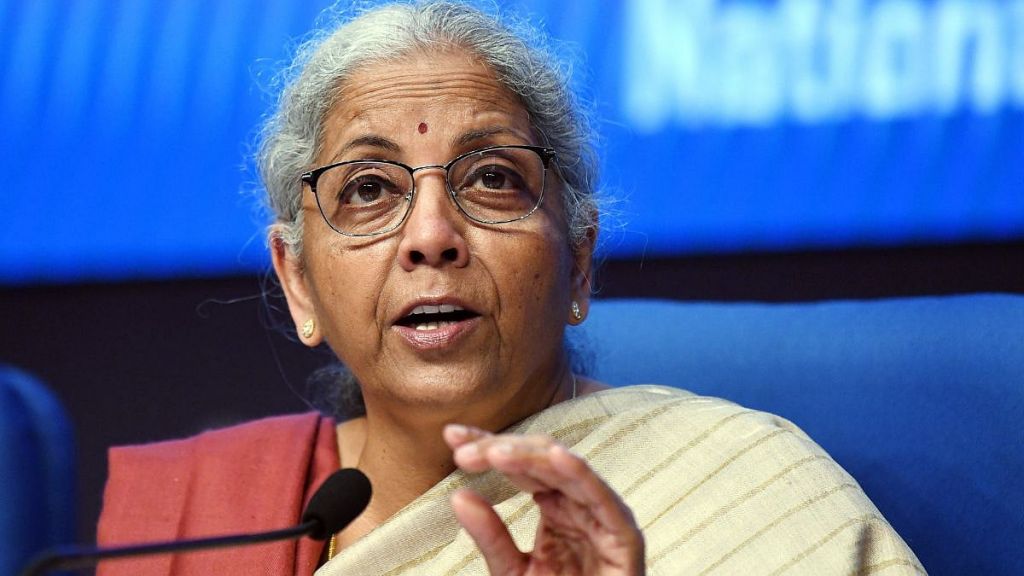
With a rise in the income tax exemption limit—from Rs 7 lakh to Rs 12 lakh per annum—the government aims to free up significant disposable income for the salaried class, thereby stimulating consumption and invigorating the economy. However, this policy shift, while well-intentioned, brings with it a set of concerns about the kind of consumption it will foster. Much of this newly liberated money could flow into conspicuous consumption, a reflection of an unspoken societal expectation to display success.
The Indian middle class, once defined by prudence and a focus on savings, has undergone a rapid transformation in recent years. A shift away from traditional material goods towards luxury items, experiences, and status symbols is not just visible but becoming ubiquitous. The notion of keeping up with the Joneses has evolved into a full-blown societal norm, with FOMO (fear of missing out) driving ever-higher levels of spending on non-essential goods.
Evidently, India’s middle class has emerged as the new economic powerhouse—or, more accurately, the new economic spending house. From automobiles to luxury fashion, expensive smartphones, and exotic travel experiences, conspicuous consumption has taken hold. The wants are increasingly becoming needs. The surge in demand for luxury goods is a clear reflection of this shift. Digital platforms, such as e-commerce and social media, have opened the doors to the aspirational class in Tier 2, Tier 3 cities, and even smaller towns, making global goods accessible to a much wider audience.
Social media plays a pivotal role in this transformation. Platforms like Instagram have become virtual billboards, showcasing the lavish lifestyles of influencers and celebrities, further cementing the idea that true success can only be demonstrated through flaunting products. The Instagram-mable lifestyle has become a new cultural currency, one that demands constant validation through likes, shares, and comments. The proliferation of digital credit services has only further amplified this trend.
EMIs (equated monthly installments) and personal loans have made luxury more affordable, but they have also led to a scenario where middle-class families are stretching their budgets to indulge in items that might not necessarily enhance their long-term financial security. A significant portion of the new disposable income will likely be channelled into non-essential goods and services, potentially stoking inflation in sectors such as real estate, automobiles, and fashion.
For many, the pressure to maintain a certain image or social standing can lead to financial strain, as emulative spending across income groups becomes the norm. If consumption becomes the primary driver of economic growth, we risk undermining the capital required for critical investments in sectors like infrastructure, research, and development, which are essential for long-term stability. Without a balance, growth driven solely by consumption could lead to an economy overly reliant on imports and non-productive expenditure.
There is a critical need to temper this consumption-driven growth with a greater emphasis on savings, investments, and long-term financial security through a culture of saving and investment through targeted incentives. The middle class is undoubtedly the backbone of India’s economic future. However, to ensure that their newfound disposable income contributes to sustainable growth, it is essential that this cash flow is channeled wisely—balancing consumption with investments that will drive long-term prosperity for both individuals and the nation. Ultimately, the onus is on both individuals and policymakers to ensure that this economic shift is not just a flash of temporary prosperity but a path towards a more resilient economy.
Dr. Srinath Sridharan is a Corporate advisor & Independent Director on Corporate Boards.